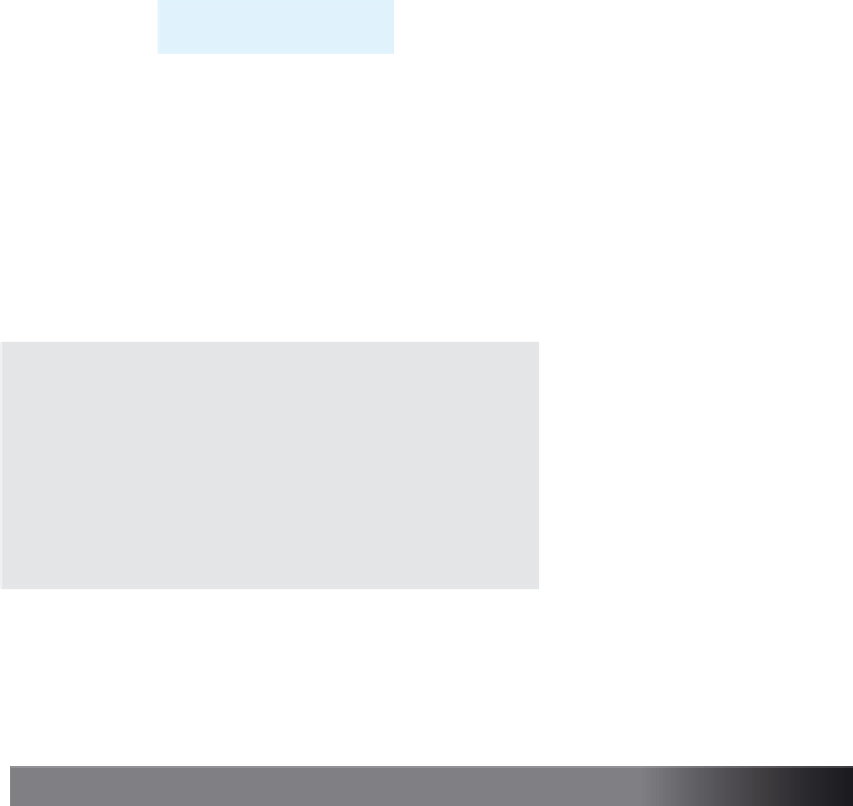Java Reference
In-Depth Information
Display 16.17
An Iterator Returns a Reference
(part 2 of 2)
18
while
(i.hasNext( ))
19
{
20
d = i.next( );
21
d.setDate(4, 1, 1990);
22
}
23
System.out.println("The list now contains:");
24
i = birthdays.iterator( );
25
while
(i.hasNext( ))
26
System.out.println(i.next( ));
27 System.out.println("April fool!");
28 }
29 }
Sample Dialogue
The list contains:
January 1, 1990
February 2, 1990
March 3, 1990
Changing the references.
The list now contains:
April 1, 1990
April 1, 1990
April 1, 1990
April fool!
TIP: Defining Your Own Iterator Classes
There really is little need to define your own
Iterator<T>
or
ListIterator<T>
classes.
The most common and easiest way to define a collection class is to make it a derived
class of one of the library collection classes, such as
ArrayList<T>
or
HashSet<T>
.
When you do that, you automatically get the method
iterator( )
, and if need be, the
method
listIterator( )
, which takes care of iterators. However, if you should need
to define a collection class in some other way, then the best way to define your iterator
class or classes is to define them as inner classes of your collection class.
■





















